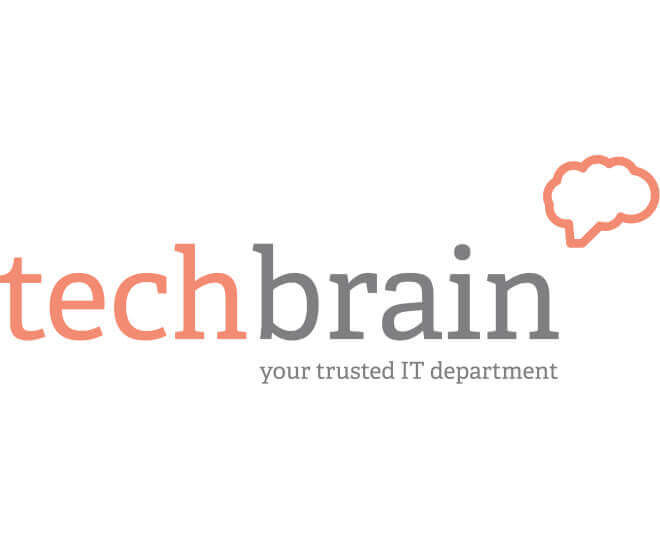In this article
If you want to modernise your office communications, maybe you should answer the call of VoIP with 3CX
Voice over IP isn’t just about cost savings, it’s also about granting your business access to powerful new communications features thanks to advanced platforms like the Windows-based 3CX.
In the early days of VoIP the big attraction was avoiding expensive call charges, especially when calling long-distance, but these days many of the business-grade phone plans from traditional telcos have adapted their pricing to compensate. They’re trying to cancel out VoIP’s advantage, but when you look at the big picture it’s clear that VoIP is less about saving money and more about working smarter.
That’s not to say that VoIP can’t save you money when making or receiving interstate and international calls. It can still deliver localised phone number access across the globe at prices that would make most telcos squirm, but once you treat voice like data you can also unlock major productivity advantages across your business.
VoIP lets you fling calls around the office or across the globe like digital PABX users have never seen before. Hotdesking becomes easier when you can allocate numbers and shift them between desks with a few clicks, rather than needing a specialist to reprogram your switchboard. Desktop handsets can also be linked to desktop computers, allowing point and click dialling from the screen including integration with Customer Relationship Management and other powerful software.
With VoIP you’re no longer limited to traditional handsets, you can just as easily send calls to computers or mobile apps and treat them like another handset. These benefits can extend outside the office, so staff working at remote sites or at home can be seamlessly integrated into the phone system, just as easily as if they were sitting at a desk with a traditional handset.
The shift to VoIP lets you engage an automated voice attendant to route incoming calls around the office or externally without the need for someone to work the switchboard. It’s also easier to manage business-grade features such as hunt groups and ring groups, ensuring incoming sales enquiries never go unanswered.
VoIP also supports more sophisticated options like Automated Call Distribution which can intelligently direct calls by monitoring which staff members are available and have the expertise to handle particular enquiries. This is the tip of the iceberg, with presence and unified messaging features making it easy to determine the best way to contact people and automatically divert communications to the appropriate device.
3CX is a Windows-based VoIP system which tightly integrates with your other systems, it can even be virtualised to become part of your existing IT infrastructure. This means you can treat your phone system with the same level of importance as your mission-critical core computing infrastructure, without needing to invest in additional hardware or alternative business continuity measures. It’s easy to manage with an intuitive interface that can be administered by non-technical staff.
The system is scalable with low-cost entry and licensing tiers based on concurrent call capacity rather than functionality, so it’s easy to start small while still having access to all the advanced features. It’s hardware and vendor independent, so while we recommend Yealink you’ve got the option to go with any standards-based IP handset. Plus there’s softphone support for iOS and Android, with apps that can even wake your phone so it behaves like a typical phone call.
3CX integrates with WebRTC-based video conferencing so you can avoid the need for expensive video conferencing hardware, plus it links with a wide range of software platforms including SalesForce, Microsoft Dynamics, Google Contacts, Office 365 and Exchange.
At this point it’s clear that VoIP and 3CX are about much more than saving a few cents on your phone bill, they’re about bringing your phones into the digital age so they can work just as hard for your business as the rest of your IT infrastructure.




